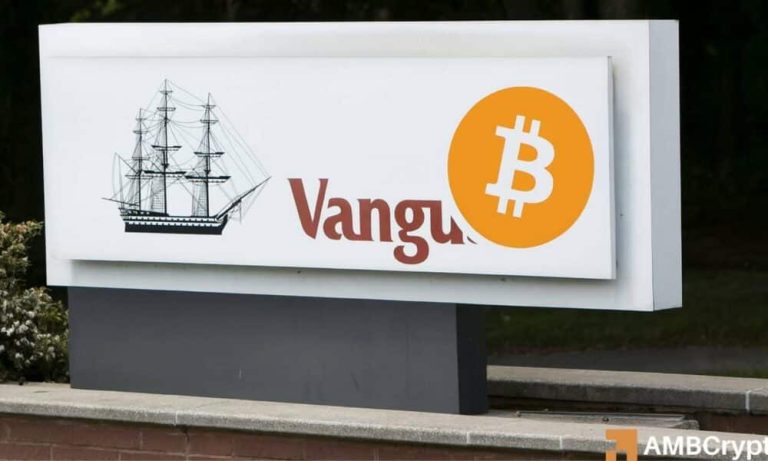
As global interest rates rise, the aspiration for homeownership, particularly in emerging markets like India, is increasingly jeopardized. Central banks worldwide have implemented rate hikes to combat inflation, inadvertently raising mortgage loan costs and reducing affordability for potential homeowners. In India, owning a home is deemed the third most significant aspiration, serving as a symbol of success and security. Nonetheless, soaring costs and high-interest rates are making this goal harder to achieve.
The Indian Reserve Bank’s increases in the repo rate, alongside those by major banks like ICICI and HDFC, have led to elevated monthly mortgage payments, impacting middle and lower-income groups. A notable consequence of rising interest rates is the decline in home affordability, with estimates indicating that a 1% increase can reduce buyer affordability by roughly 74%. This results in many potential buyers needing to postpone purchases or lower their expectations.
Despite rising rates and stagnant wage growth, property prices remain resilient in key cities like Delhi and Mumbai, and many young Indians are considering real estate as a viable investment for generating rental income. This emerging trend of viewing renting as a practical choice reflects a shift towards investing in properties that can offset mortgage costs.
The government and developers are exploring various initiatives, including subsidy schemes and flexible payment options, to alleviate the financial impact of high-interest rates. As economic projections suggest that high rates may linger short-term, there’s cautious optimism that future reductions could improve homeownership pathways for determined buyers.






